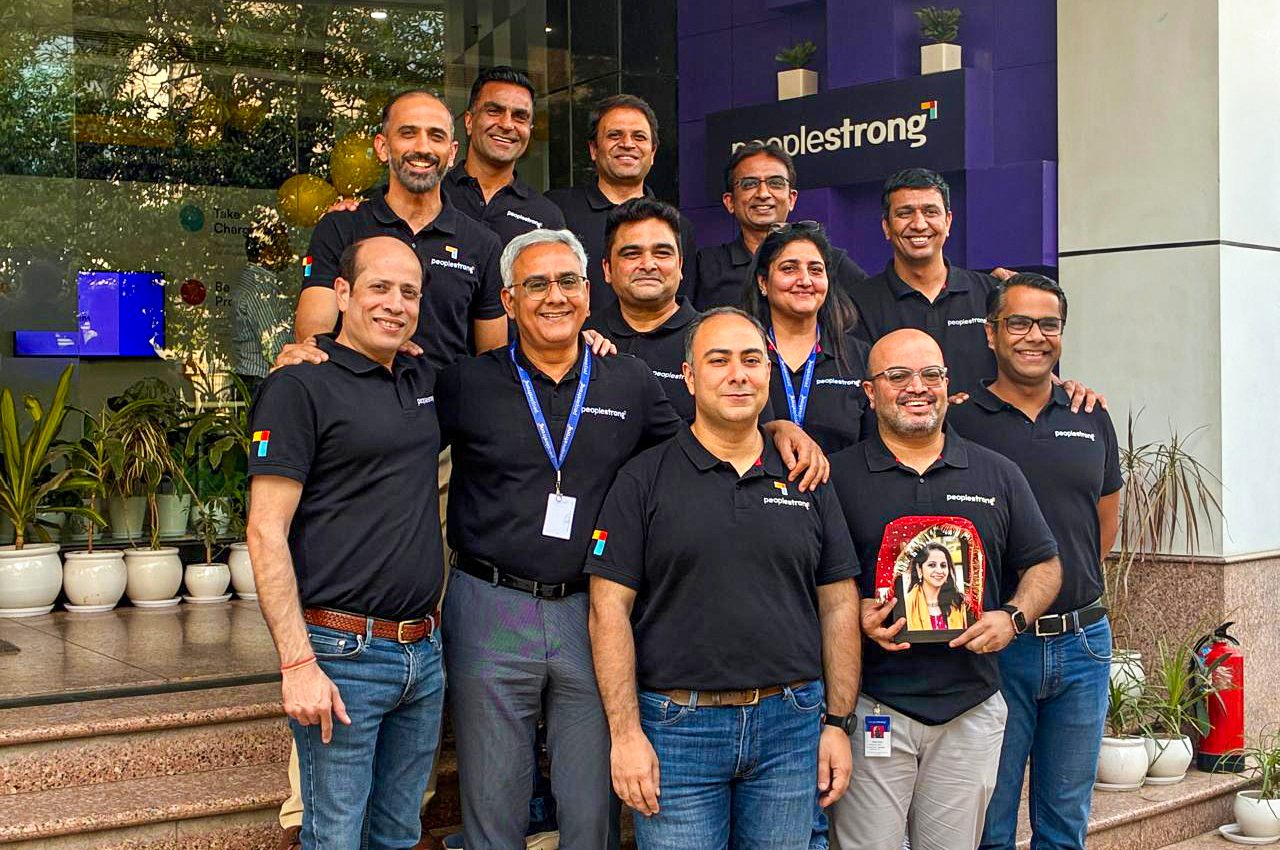When you have an option of thousands of HR technology solutions to choose from, the process of selection is complex. Apart from multiplicity of software applications, the HR technology buyer is also faced with the dilemma of specialist vs generalist. In this cacophony of softwares how do we make a reasonable decision? This is our attempt to provide you some help.
The Problem
Problems of Plenty
If you are searching for the best HR software in India or otherwise, you are likely to find more than 4000 HR tech solutions. These can further be classified into minimum 3 dozen different categories or more. So, when you are looking for any specific or generic HR technology solution it is quite possible you would be overwhelmed.
Sierra-Cedar HR Systems Survey 2019-201, one of the longest running annual HR systems survey in the world, asks questions to HR buyers. Their extremely comprehensive questions fall into six primary categories and 54 individual application areas. If you thought choosing an HR system is simple, consider educating yourself about the Sierra-Cedar HCM blueprint to know of the complexities involved in choosing an enterprise HCM Software.
What Do I Need vs What do I want?
When we are buying enterprise HR software, the distinction between these 2 aspects must be crystal clear. However, we understand it is easier said than done.
Do we buy to solve current problems? Or do we buy to build for tomorrow? What happens when our employment mix changes? How do I want my technology partner respond to my changing needs? Hence do I buy from 1 shop or do I mix and match? What about integrations then?
These are just some of the questions that one needs to answer before we even begin the process of identifying the suitable HR technology partner
The Solution
Partner or Vendor
What is the difference you ask? It’s as different as chalk and cheese.
Let us try and understand the difference in your behaviour and your vendor/partner behaviour to know how they are different. We will do that by taking very simple example of grocery shopping. Consider you ask a local kirana shop for an ingredient. If he is the vendor mindset, he has the option of simply saying I do not have it. If you ask him where you can get it, can he give you some reference, he may just shrug and say I don’t know, check online.
Now but if the Kirana shop wanted to be your partner, he would either offer to get it for you or find out for you. He is likely to ask probing questions, when do you need, how much do you need etc. He is likely to then check with few of his other customers to assess if the same ingredient is being asked by them. And guess, what if he gets a reasonable number of his customers asking for what you are, he will start stocking that up. Now he is your partner. Next time you need something, and he does not have it, you would be willing to wait. In other situations, he is likely to help you find the ingredient and may even have it delivered to you.
Did you notice the difference? What is the key differentiator here?
The Second S
According to research, over 70% of organizations today use one or more cloud-based HR Software. Especially post the global Covid-19 pandemic the move to cloud is not about if but when. For many organizations, the current global crisis has presented an opportunity to re-design business processes and re-imagine their HR technology landscape by deploying more Software-as-a-Service (SaaS) aka cloud applications.
In the early days of SaaS and even today many buyers continue to focus on the first S. The Software. After all we are deploying a software, so what is wrong in being focused on it? Absolutely, we must evaluate the software being offered for its features, functionalities, stability, and security parameters. However, we should never lose sight of the second S in SaaS.
The second S is service. In an enterprise HR software implementation this is a big deal. Many large global implementations fail not because the software was unable to solve the problem, but because the organization failed to implement it within time or ensure user adoption.
The second S is all not just about the implementation but also about the support mechanisms offered post implementation. Enterprise HR software is a piece of application that touches every single employee in your organization. Ensuring your partner has rock solid service programs for you is as important as the rock-solid performance of his software.
The search for the best HR software, should start by asking the right set of questions. Implementation of the HR software system should augment your current practices. The best HR software will help you to continue to do what you do best while taking away noise from your processes. It will enable you to move from digitization of paper-based systems to influencing business workforce decisions and strategies. With PeopleStrong, serving over 350+ enterprise customers & helping bring ease for 1 Million users, we often pay very close attention to how our products can benefit our customers. Our implementation journeys are rigorous and usually involve multiple rounds of UATs.
It will be a partner in your journey that helps understand market trends, works with you to re-imagine your processes. The partner creates be-spoke solutions for your current and future problems. And lastly provides with stellar service while doing all this.













